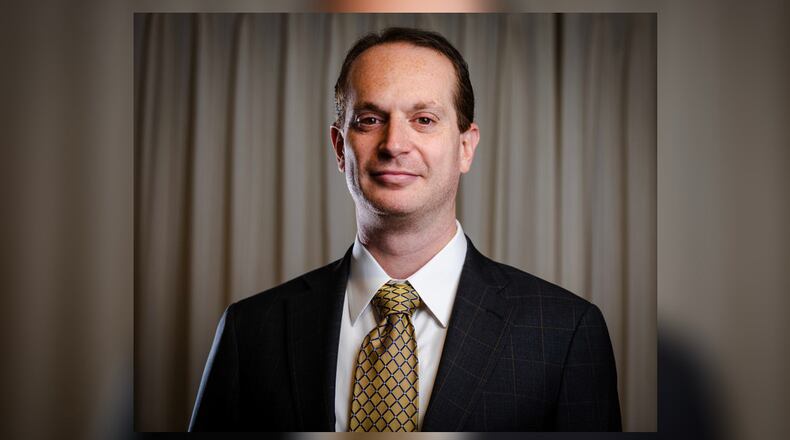For many, actual pay — as opposed to total compensation — has not risen fast or high enough to keep up with other costs, especially the cost of health care. Today, in Ohio and Virginia, employers and workers are being told they must accept an increase in insurance costs three times the rate of hospital inflation, or else a major hospital system will threaten the health care of both states’ poorest residents, and senior citizens.
On August 1, a major hospital system terminated access to an insurance plan for Medicaid patients in Ohio and the same plan’s Medicare Advantage (MA) patients in Virginia. Reportedly, the MA patients in Ohio and Medicaid patients in Virginia may be the next to lose their access. The hospital system’s demand? Insurance companies must agree to jack up prices for working families who get health insurance through their jobs. This “hostage-style” strategy of increasing hospital payments delivers a clear message: Either employers divert more of your paycheck to hospitals, or senior citizens and the poor will suffer.
Health systems justify cynical gambits like this by reinforcing the popular perception coming out of the pandemic that all hospitals are flat broke and need to be subsidized by the employer market, the government, drug manufacturers, and Wall Street. It seems more and more that the only entity the hospitals do not want buying into their market are providers! Cue their decades-long fight to keep physicians from owning specialty hospitals. However, despite the pressures of the early pandemic months, it turns out it is actually a good time to be in the hospital business.
A study by JAMA Health Forum found that before the pandemic, hospitals were operating at 2.8 percent margin. But during 2020 and 2021, that rose to an all-time high of 6.5 percent. It has been reported that this year, margins stand to gain again “as patients flock to outpatient clinics.”
This is not a coincidence, as hospitals have become more and more mercenary in their tactics to increase margins. In a practice dubbed “dishonest billing,” large health systems are buying up doctors’ offices and then charging “hospital prices,” because hospital rates for outpatient care are much higher than what you would normally pay at a doctor’s office. Hospitals are also teaming up with Wall Street firms to drastically increase costs in emergency rooms, maternity wards, and more. Although hospitals are supposed to comply with federal rules on price transparency, many do not.
The same hospital systems are responsible for financial dysfunction related to the 340B drug discount program. Hospitals are pocketing savings intended for low-income recipients—the same people who the hospitals are threatening to turn away unless your employers raise your health care and health insurance costs.
It has also been reported that hospitals lobbied Ohio’s Department of Medicaid (ODM) to try to get the agency to assist in pressuring insurance companies into raising hospital costs for workers (ODM refused, and instead publicized the scheme). Ohio’s state government likely realized that higher hospital prices meant less purchasing power for families, lower tax revenue to fund critical programs, and more strain on safety net programs—so hospitals can pocket more. It will not be surprising if we ultimately find out the same kind of lobbying has happened in Virginia. There is a significant risk that this hospital behavior, if successful, will be replicated in other states. That means health care will get more expensive for everyone and, along the way, potentially far less available for the poor and our senior citizens.
The public needs to understand what is at stake here—for Medicaid patients, senior citizens, and everyone who gets their insurance through their work. Public officials and officeholders at the state and federal level also need to pay attention to what is happening, and factor it into the policies they seek to make law.
According to a February 2023 Axios-Ipsos poll, “lowering costs for health care and prescription drugs,” was far and away the top priority where health care matters were concerned. Employers are trying to help workers keep health care costs under control, so we can raise wages and grow the economy. But some hospitals take the opposite view—and not just in Ohio and Virginia.
We need the insurance companies to tell the hospitals, “No – leave our paychecks alone.” If hospitals take Medicaid patients and senior citizens hostage, then we need state governments to help get hospital costs under control, as they are currently doing in Rhode Island, Indiana, Colorado, Pennsylvania, and elsewhere.
James Gelfand is President and CEO of The ERISA Industry Committee (ERIC), an association representing large employers that provide benefits to employees, their families, and retirees.
About the Author
